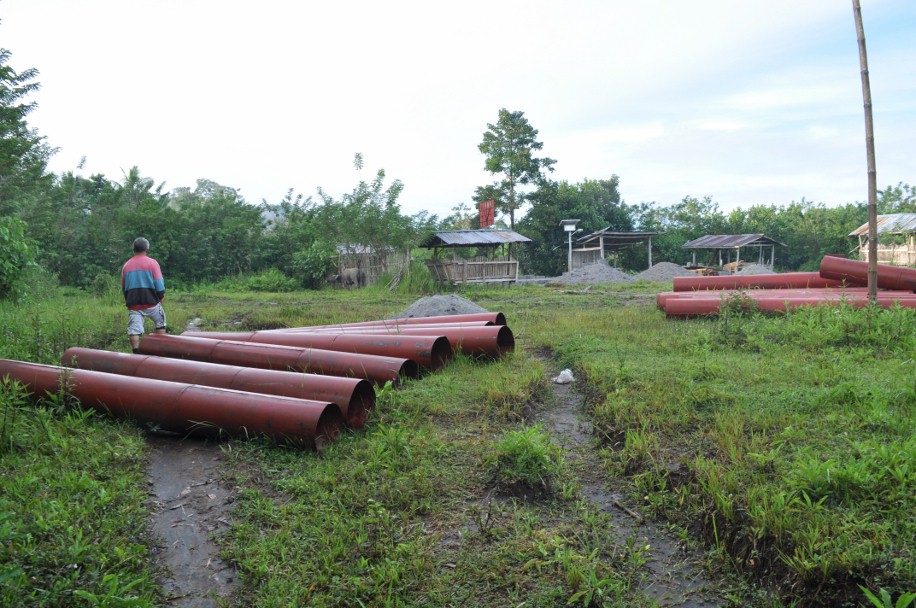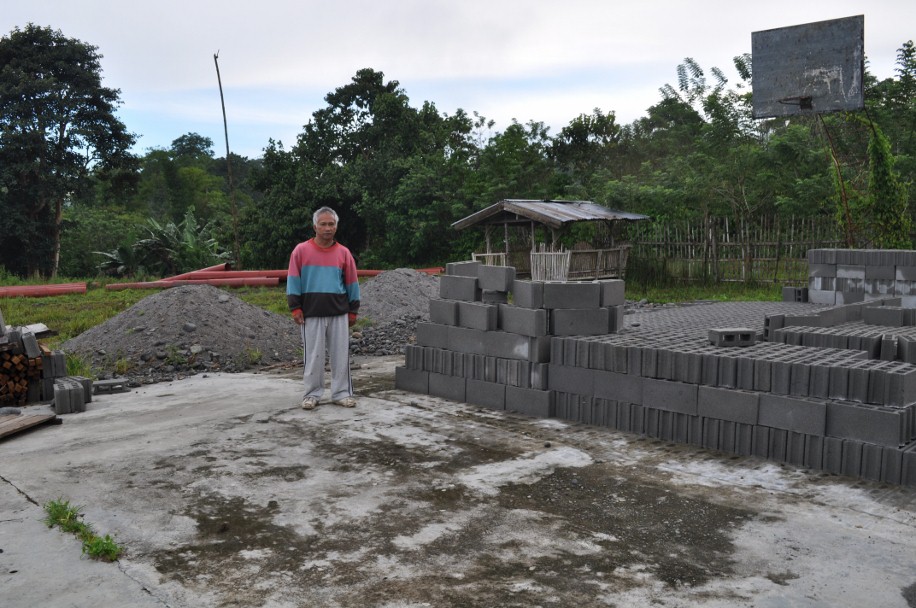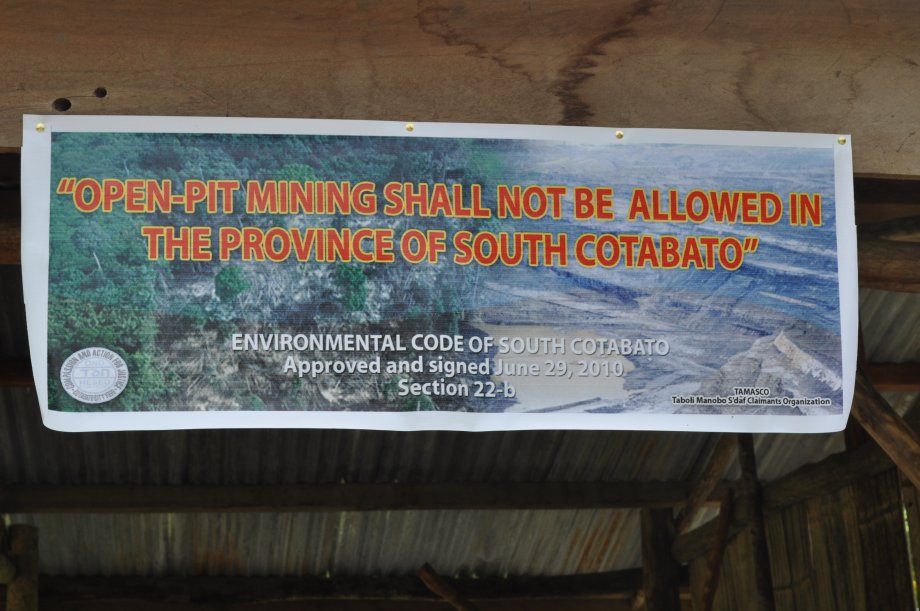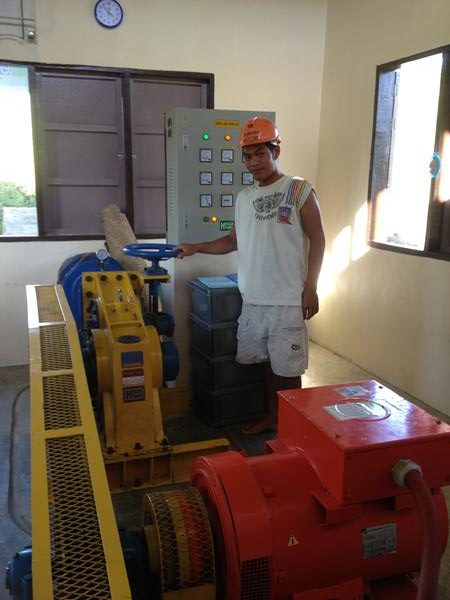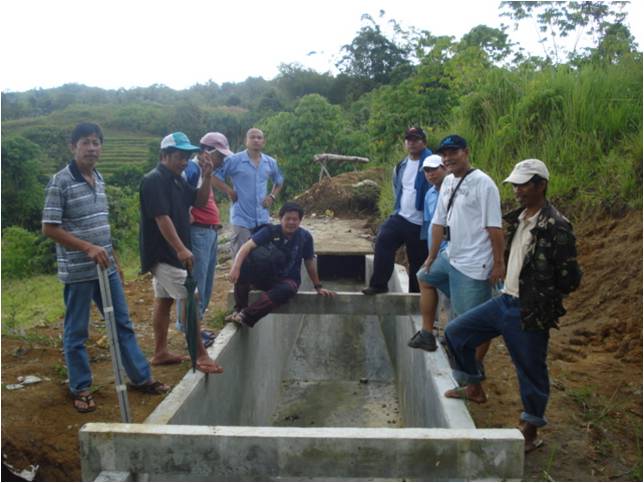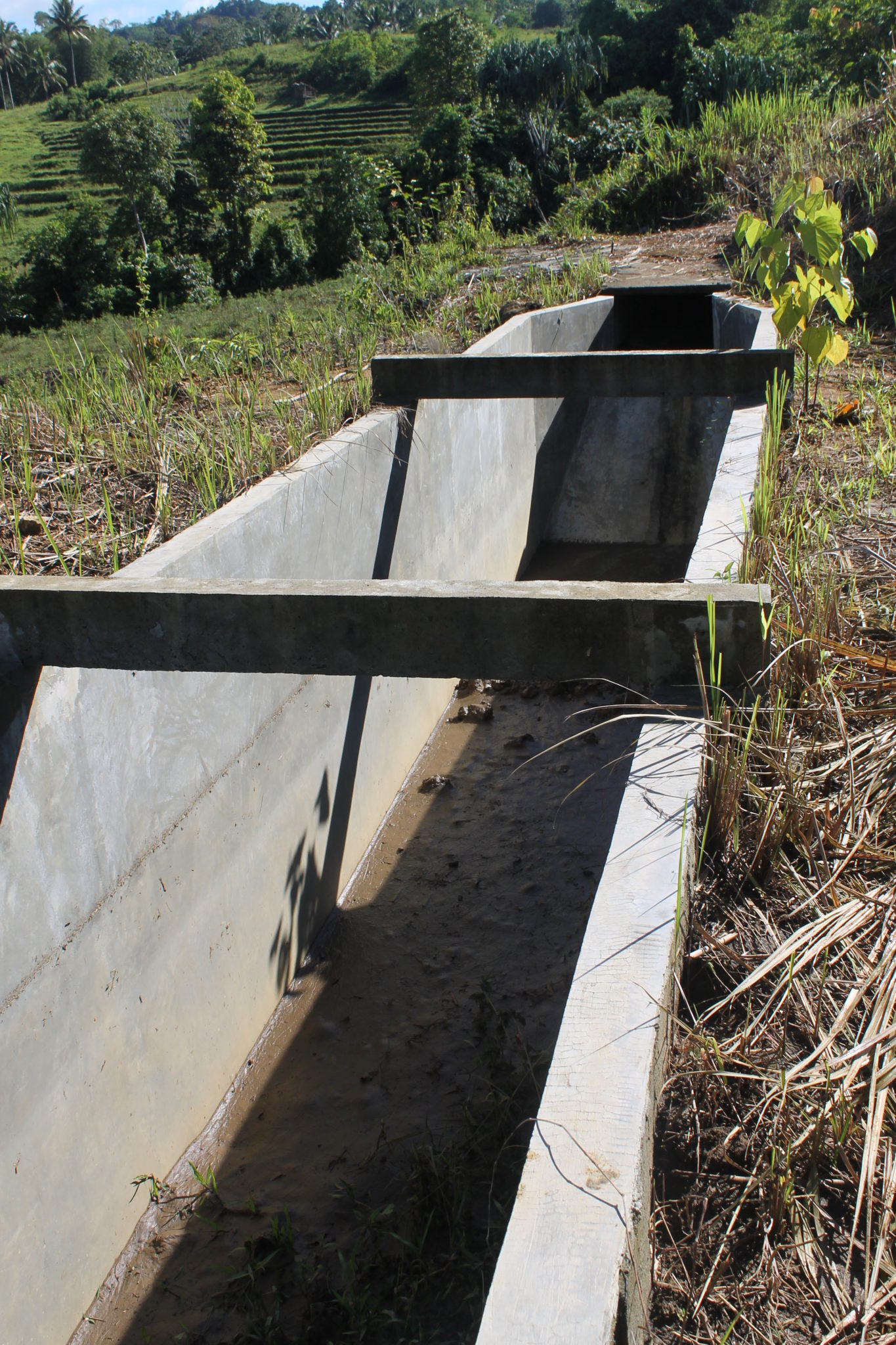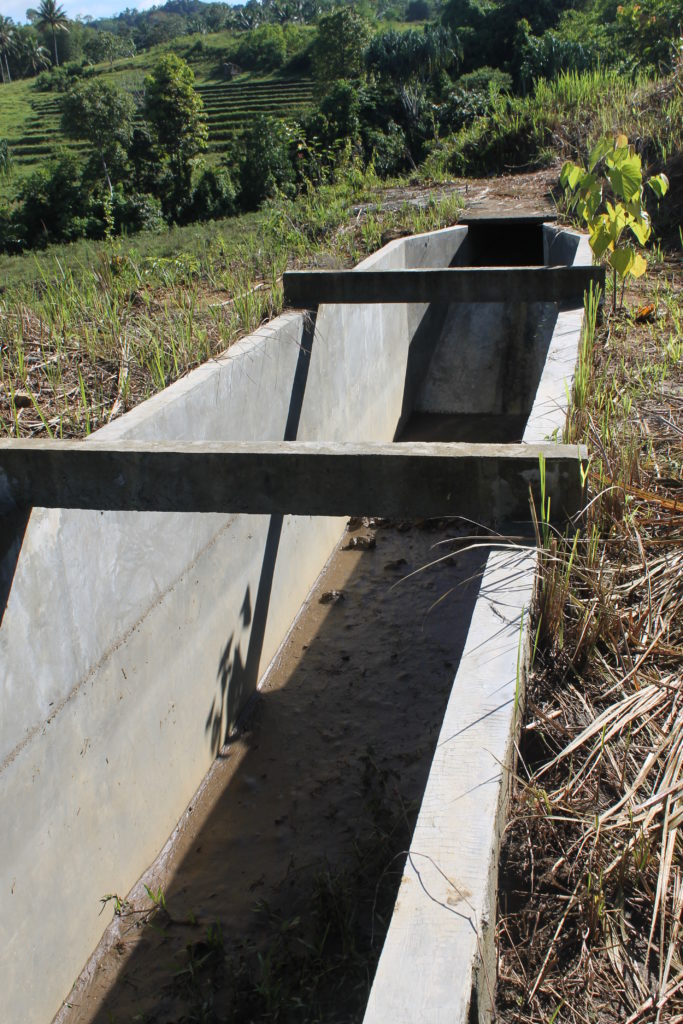Lake Sebu is in the southern Tiruray Highlands of Mindanao Island, at an altitude of almost 1,000 feet. It is surrounded by rolling hills and forested mountains. The lake and surrounding rainforest provide habitat for several endemic bird species, as well as wild boar and Philippine deer.
The area is home to the T’boli, a highland tribe known for their colorful costumes, intricate beadwork, woven work, and brass ornaments. The Manobos, who also live in the region, inhabit the river valleys, hillsides, plateaus, and interiors. The tribes have committed to work to get the village (barangay) of Ned to issue an ordinance, declaring a 6,178-acre watershed as a no-take zone for at least 30 years.
The community of Sito Lobo does not have electricity. In support of these conservation efforts, Seacology will fund a 30-kilowatt micro-hydro power station for the village. Our partner NGO, YAMOG, will provide technical help. YAMOG coordinated another Seacology-funded micro-hydro project in the Mindanao community of Old Bulatukan, in support of watershed protection.


